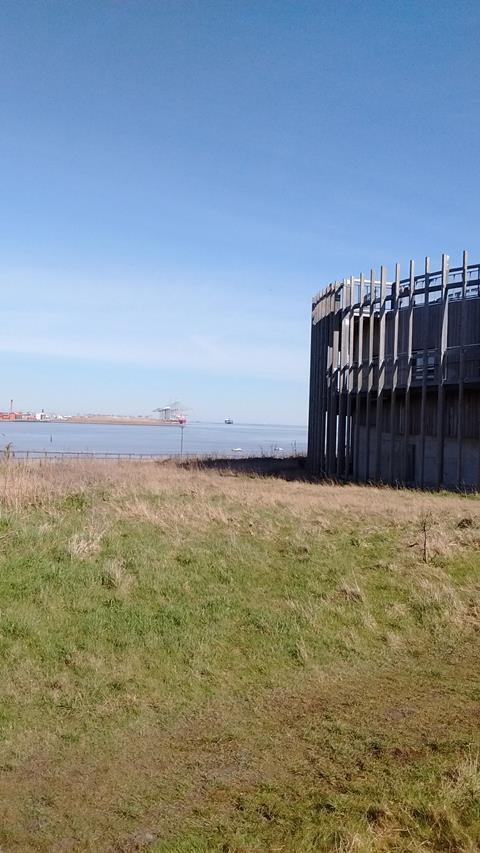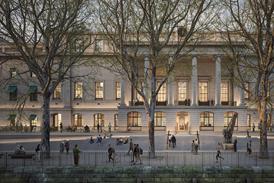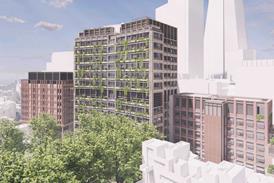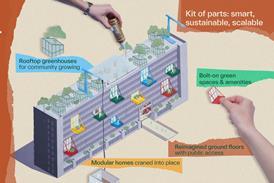Some landfill sites have been turned into beautiful nature reserves. But that doesn’t mean we’re off the hook when it comes to tackling our addiction to waste, says Gillian Darley

The Beckton Alp(s) and Northala Fields, the unwieldy official name for those four little cones alongside the A40 at Northholt, converted me long ago to the considerable charms of artificial landscape; strong cheeky landforms in the right place. And they have apparently caught the imagination of their local public since they’re well used, winter and summer, people standing on the tops enjoying the views over the landscape beyond, others toiling up the curling paths or kids running down them.
The urgency of getting to grips with our trail of mess, the grim leftovers and toxic spoil from our material lives, is maybe finally getting through – it takes a dead whale to get the message out. More incredibly, the environment seems to be mounting its own fightback. Even while writing this piece I read about the accidental discovery of the PET- (plastic) eating enzyme. But go to the developing world, where people are thirsty and distrustful of water supplies, and then look at river banks or road sides virtually made out of compacted plastic water bottles. Way to go.
At home, until we stop adding to our own waste, we are left with the challenge of covering it up as best we can. The Ordnance Survey map now includes a new (to me) symbol, looking a bit like a pinch of pepper or a sprinkling of gravel. It’s landfill. Along the Thames Estuary in Thurrock, south-east Essex, sites come and, eventually, sites go. The OS mappers have to be on their toes. But landfill sites (or gravel or sand pits) end up handing back some fairly extraordinary badlands to explore, once safely capped-off with heavy clay (and those tell-tale methane pipes) to support a surprisingly wide range of flora, fauna and, you have to believe the naturalists, invertebrates. Unless and until sea levels rise to unprecedented levels, a not entirely fanciful doomsday option, places such as Rainham and, much newer, Thurrock Thameside Nature Park will flourish and add to the pleasure of life in south Essex.

Mucking Landfill was the site on the Thames where Westminster dumped their rubbish – perhaps some silver spoons lie scattered through the potato peelings underfoot. Finally, in 2010 the barge traffic stopped. By 2013, it had become a nature park now under the aegis of the Essex Wildlife Trust. Reshaped, the ground has become something approaching moorland – as one local described it – or, less sonorously, rough scrub. As intended, it is hospitable to all kinds of creatures and the thoughtful sign by the gate leading up through the site suggests that you watch out for adders. With mud flats fringing the Thames Estuary at this point, it is bird rich.
Crowning all this is an intriguing hedgehog-like building. Van Heyningen and Haward’s visitor centre manages to be festive and practical at the same time. Wrapped by an exterior walkway to the top, leading to the flat roof, visitors suddenly get the full view, including the colourful impact of massive stacked containers, the silhouetted gantries and quay cranes and the huge lumbering sea-going vessels at DP World London Gateway over the water; theatre in the middle distance. Ship-watching vies with bird-watching around here. But as the lorries pound from dockside to logistics park to city (no sign of freight trains around here) a thought occurs – we are watching, our fascination making us complicit, the making of yet more rubbish mountains.
















No comments yet